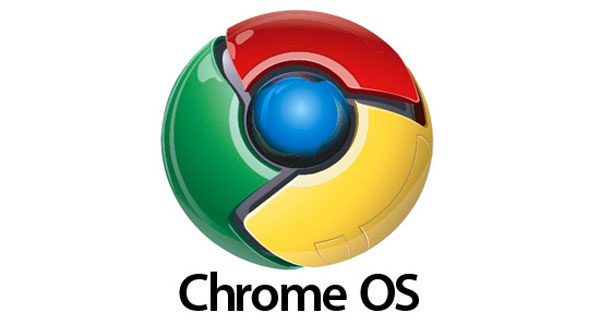
However, in the near-term, netbooks will be priority for ChromeOS, explains the search giant:
Chrome OS was designed from the beginning to work across a variety of form factors. We expect to see different partners build different kinds of devices based on Chrome OS, but for this initial release we are targeting the notebook form factor.
A few of the added changes in the ChromeOS source code (according to Cnet) are:
• The "user-agent string" text that browsers supply so Web servers can deliver the appropriate version of a Web site--for touch user interfaces. The string includes the term "CrOS Touch," not just CrOS as before.
"This lets Web sites that are already customizing for tablet experiences easily adapt to support tablet ChromeOS devices," the programming change log notes.
• A "virtual keyboard" with a number of keys--tab, delete, microphone, return, and shift, for example--drawn in SVG so they can be shown by a browser. Screen keyboards are, of course, a necessity with tablets.
• A variety of moves to make the browser more touch-friendly, for example by increasing the space around items to make it easier to select them with a touch interface.
• A revamped new-tab page (which people see when they open a new, blank tab) that's "optimized for touch."











